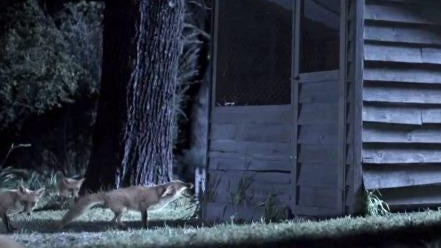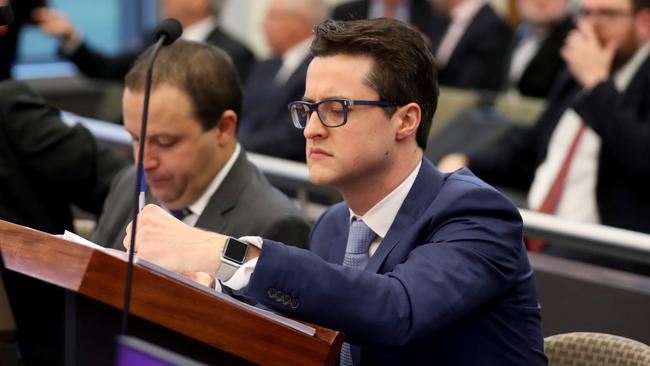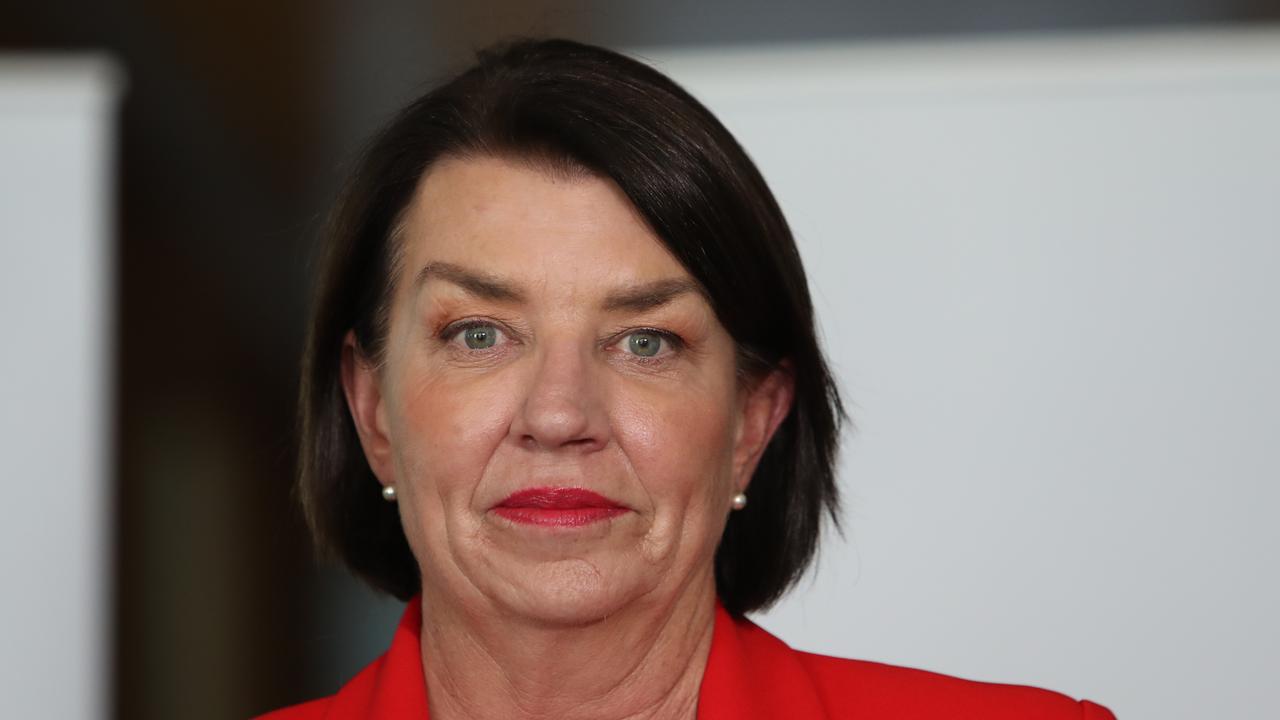Banking royal commission: ‘fox and henhouse’ ad in inquiry spotlight
Industry super will be grilled over whether its “fox and henhouse” ad campaign, portraying banks as predators, was appropriate.

Australia’s biggest super funds will be grilled over their involvement with the controversial “fox and henhouse” advertising campaign for the union-and-employer-backed industry fund sector, which accused the government of putting Australia’s savings at risk.
Although the $600 billion union-and-employer-backed industry superannuation fund sector has already been granted a relative win over the rival bank-run retail fund sector, with the royal commission finding “fewer examples” of apparent misconduct worth examining publicly, the structure of the sector’s investment holding company, Industry Super Holdings, will be probed by the inquiry.
Industry Super Holdings is a company owned by more than a dozen of the largest industry funds. AustralianSuper is the largest shareholder in Industry Super Holdings, followed by CBUS, HESTA and HOSTPLUS.
The sector’s lobby group, Industry Super Australia, is also owned by the holding company.
ISA launched the “fox and henhouse” TV advertisement in March, which depicts the big banks as foxes descending on a chicken coop, with the government portrayed as a man opening the door to allow the foxes to feast on Australia’s nest eggs.
It was launched to pre-empt a government plan to require industry funds to employ more independent directors on their boards and as the Productivity Commission looks at breaking open the default model for super funds, which currently favours the industry fund sector.
The advertisement infuriated the government and the Productivity Commission, and prompted an investigation by the Australian Prudential Regulation Authority as to its appropriateness.
“The question that has arisen with respect to this ad is how it satisfies the sole purpose test,” said counsel assisting Michael Hodge, referring to the requirement that super funds operate for the sole purpose of providing retirement benefits.
“How does it maintain retirement benefits?” Mr Hodge asked. “APRA considered this last year and sought responses from two participating funds that they were satisfied that the decision to support the expense of the campaign was in the best interest of members and satisfied the sole purpose test. We will explore this issue with some industry funds,” he said.
The royal commission, which is holding a fortnight of hearings into the $2.6 trillion super industry in Melbourne, will be focusing on how funds mismanaged and misspent member savings and where regulators failed to take appropriate action.
“What happens when we leave these trustees alone in the dark with our money?” Mr Hodge told the royal commission. “Can they be trusted?
“If they can’t what must be done to protect Australia’s retirement savings?”
APRA has already made findings in relation to marketing expenditure such as the “Fox and Henhouse” ad — estimated at $3m worth of TV ad slots — as the marketing was backed by research aimed at recruiting members to give the funds greater scale.
The effectiveness of APRA and the Australian Securities & Investments Commission will also be probed by the inquiry.
Funds will also be questioned over the online news site The New Daily, a loss-making news venture established in 2013 by a group of six large super funds, including AustralianSuper, HESTA and Cbus, which publishes favourable articles about the sector. The site was recently taken over by Industry Super Holdings, which also owns the small lender ME Bank, that has never paid a dividend to its parent funds.
Although the royal commission is yet to trawl publicly through the examples of potential misconduct by the industry fund sector, which will include payments made to both union and employer groups, the admission that conduct is less concerning in the not-for-profit sector is a blow for sections of the Coalition who had been urging a deep dive into the relationship between funds and unions.

Mr Hodge, in his opening statements today, said there were “fewer examples of types of conduct” that raised questions warranting a public probe for the not-for-profit industry fund sector compared to the for-profit retail fund sector.
Still, the behaviour of fund executives misspending member savings is likely to be front and centre for the hearings into the super industry, as the royal commission examines credit card statements for board members, chief executives and senior managers of super funds. Documents from sponsoring unions and employer group organisations were also requested by the royal commission, as were documents relating to Industry Super Holdings, the not-for-profit sector’s holding vehicle that owns ME Bank, The New Daily website and other investments such as Industry Funds Management, or IFM Investors. The royal commission will be examining IFM’s handling of the Pacific Hydro investment.
Due to the industry fund sector’s ties to the union movement, the royal commission’s hearings into the not-for-profit sector are being closely watched by Canberra.
Many in the Coalition looking to overhaul the super sector are driven by a claim that $50m has been paid by industry funds to unions over the past decade. For their part, the funds say this is mainly $40,000-$50,000 in annual directors’ fees to appointed board members, who give the money to their unions as standard practice and do not take it as income.





To join the conversation, please log in. Don't have an account? Register
Join the conversation, you are commenting as Logout